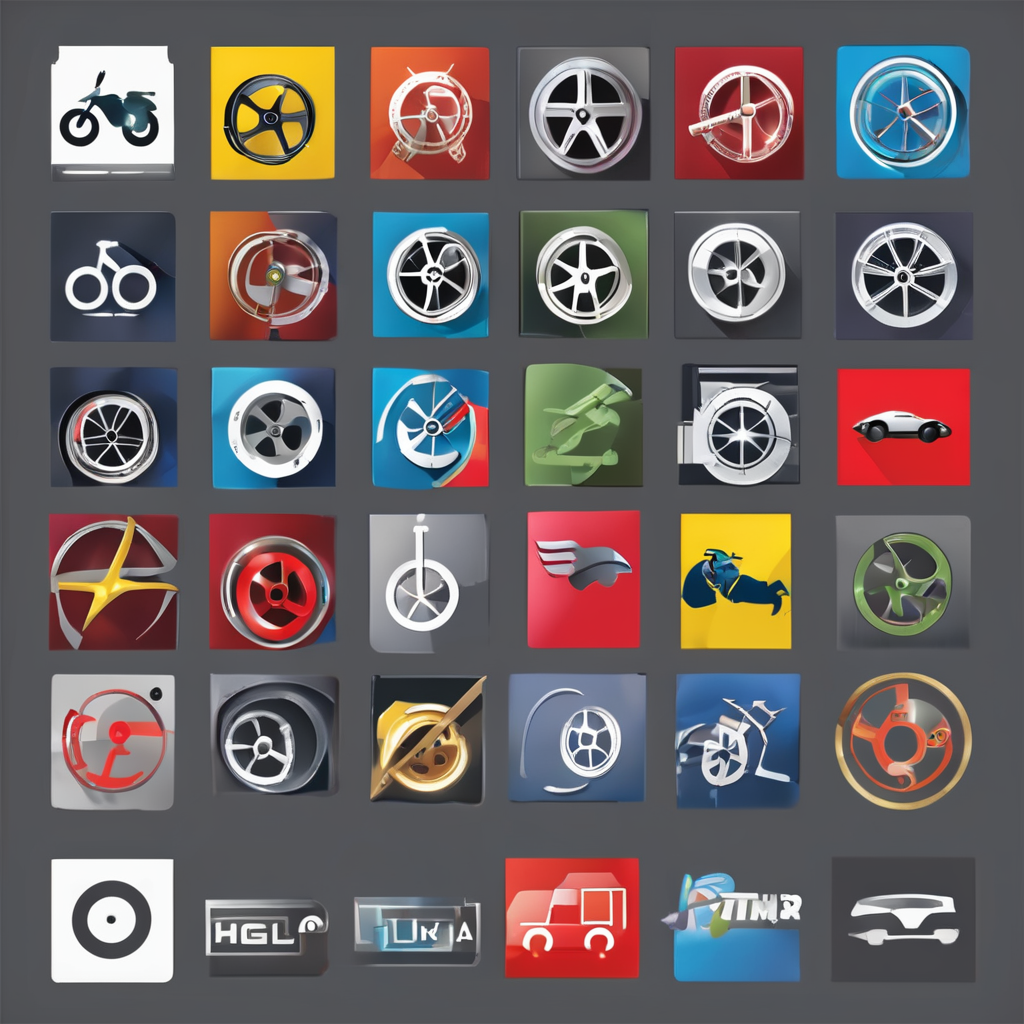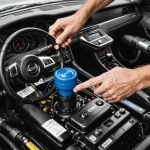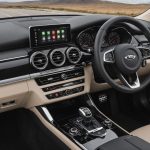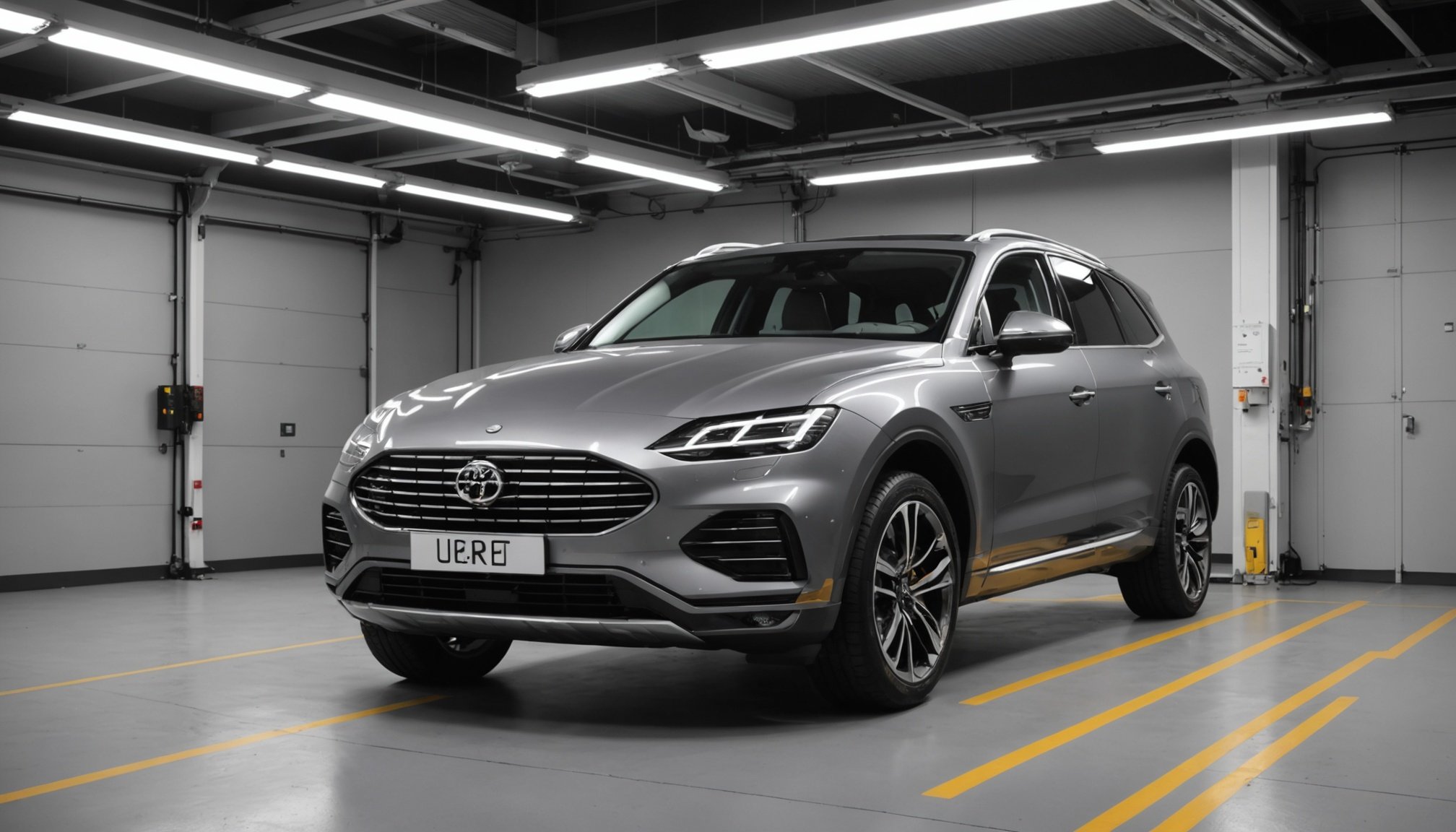Overview of Adaptive Lighting Solutions
In the ever-evolving automotive landscape, adaptive lighting solutions have become pivotal for enhanced vehicle safety and functionality. Adaptive lighting systems dynamically adjust the vehicle’s light beam pattern in response to changing driving conditions, significantly improving visibility and reducing glare for oncoming traffic. By upgrading to advanced lighting systems, drivers can navigate safely in varying environments, such as urban settings, rural roads, or adverse weather conditions.
The UK market has shown a burgeoning demand for these technologies. This trend is driven by both consumer interest in safer driving experiences and the push from manufacturers towards innovation. As accidents often occur during low-visibility conditions, adaptive lighting provides a practical solution by anticipating driver’s needs and ensuring optimal illumination precisely when needed.
Topic to read : Unlocking drag racing success: pro strategies to perfect your uk car”s suspension tune
Incorporating adaptive lighting into vehicles not only ensures compliance with modern safety expectations but also enhances the overall driving experience. As technological advancements continue, the importance of adopting these solutions becomes increasingly apparent. The forward-thinking design of adaptive lighting systems places the UK market at the forefront of vehicle enhancement, offering consumers a sophisticated choice that aligns with contemporary safety standards.
Installation Process for Adaptive Lighting
The installation process for adaptive lighting solutions can enhance vehicle performance and safety through improved lighting. Knowing the right steps can make this a manageable task.
Also to discover : Essential tips for maintaining a fog-free interior in your uk car on rainy days
Required Tools and Equipment
To successfully install adaptive lighting, certain tools and equipment are indispensable. Here’s what you’ll need:
- Screwdrivers and wrenches of various sizes for assembling
- Wire cutters for precision in adjusting connections
- Voltage tester to ensure safe electrical operations
- Protective gloves to safeguard your hands
Step-by-Step Installation Guide
Begin by disconnecting the vehicle’s battery to prevent electrical issues. Remove existing lighting fixtures carefully. Install the adaptive lighting units, ensuring a snug fit into headlight housings. Secure all connections and follow the manufacturer’s wiring diagram accurately.
Common Pitfalls to Avoid
While undertaking this task, several common pitfalls must be avoided. Ensure ground connections are robust and insulation is complete to avoid future malfunctions. Also, avoid overtightening screws, which can damage the housing. Test the system immediately post-installation to confirm functionality. Proper attention to these details will make the adaptive lighting upgrade a flawless addition to your vehicle.
Product Recommendations
In the bustling UK market, selecting the best adaptive lighting products can significantly enhance vehicle safety and performance. Understanding compatibility is crucial; choosing products suited to your car model is pivotal to avoid installation woes.
When it comes to top-rated adaptive lighting products, some lead the pack with standout features and competitive pricing. Among them are the Philips X-tremeUltinon LED and Osram Night Breaker Laser, renowned for their brightness and durability. Prices vary, but investing in quality means fewer replacements and better overall function.
Compatibility considerations are key; don’t overlook vehicle-specific recommendations. For instance, some products are tailor-made for SUVs, while others align with compact cars. This ensures that the adaptive lighting fits seamlessly, enhances beam pattern adaptability, and optimizes safety.
To dive deeper into product features, seek out reviews detailing user experiences. Many drivers highlight the marked improvement in night visibility and reduced glare. By prioritising compatibility and informed reviews, you’ll be equipped to choose the best adaptive lighting product, enhancing both your vehicle’s functionality and your driving security.
Legal Regulations and Safety Considerations
Navigating the UK vehicle laws surrounding adaptive lighting solutions is crucial for ensuring compliance and safety. Various regulations dictate the requirements for vehicle lighting to maintain roadworthiness and promote driver safety.
Current UK Regulations on Vehicle Lighting
In the UK, vehicle lighting systems must adhere to specific legal regulations. These include ensuring headlights provide adequate visibility without causing excessive glare to oncoming traffic. Adaptive lighting systems must be properly calibrated to meet these considerations, adjusting beam patterns as necessary.
Safety Standards for Adaptive Lighting
Safety standards are the backbone of adaptive lighting solutions. They ensure that the technology enhances visibility while aligning with UK safety standards. Adhering to these standards not only keeps you on the right side of the law but also enhances road safety through improved illumination and reduced glare.
Ensuring Compliance with Legal Requirements
When installing adaptive lighting, it is essential to confirm that your chosen system complies with legal requirements. Regular checks and maintenance can help ensure that the vehicle remains compliant. Failure to meet these regulations can result in fines or penalties, so understanding and implementing these standards during installation is critical.
Troubleshooting Common Issues
Adaptive lighting, a key vehicle enhancement, sometimes presents challenges despite its advantages. Understanding the typical issues can save UK market consumers time and frustration.
A frequent problem is incorrect installation, leading to malfunctioning lights. If lights flicker or fail to adjust automatically, check connections and ensure the system’s compatibility with your vehicle. Many cases arise from loose wires or improper grounding, which could disrupt the adaptive mechanism. Regular maintenance and testing are vital here.
Another potential issue is the system failing to respond dynamically to varying conditions. This often results from outdated software; thus, ensuring the latest updates is crucial. Check with the manufacturer or vehicle service centre if your system remains unresponsive.
Visibility issues might occur if the adaptive lighting fails to align properly. Misaligned beams can cause glare, compromising safety. Adjust the settings according to the manufacturer’s guidelines, often found in the user manual.
Addressing these issues requires a methodical approach. Begin with the most straightforward solutions, such as checking connections or software updates, before diving deeper into complex diagnostics. Keeping an eye on these factors ensures that your vehicle enhancement meets its safety and utility goals effectively.
User Reviews and Testimonials
Understanding user experiences can significantly guide your choice in adaptive lighting products. Real-world feedback offers invaluable insights into how these vehicle enhancements perform in day-to-day scenarios.
Compilation of User Experiences
Many users in the UK market report satisfactory outcomes with adaptive lighting installations. Reviews often highlight user-friendly features and enhanced road visibility. The communities appreciate the improved safety measures, especially during poor weather conditions or in rural areas.
Benefits Reported by Users
Feedback consistently underlines the benefits of adaptive lighting. Users note a marked improvement in night-time driving through better road illumination and reduced glare. This enhancement has led to increased confidence among drivers, with many expressing that adaptive lighting is essential for their safety.
Comparing Professional vs. DIY Installation Feedback
Customer feedback indicates a contrast between professional installations and DIY approaches. Professionals are praised for seamless integration and optimal functionality, ensuring compliance with legal standards. DIY enthusiasts, while appreciative of cost savings, often mention a learning curve associated with installation. Despite some challenges, DIY installers express satisfaction with the final results. The distinction between these approaches highlights varied user preferences and experiences.











